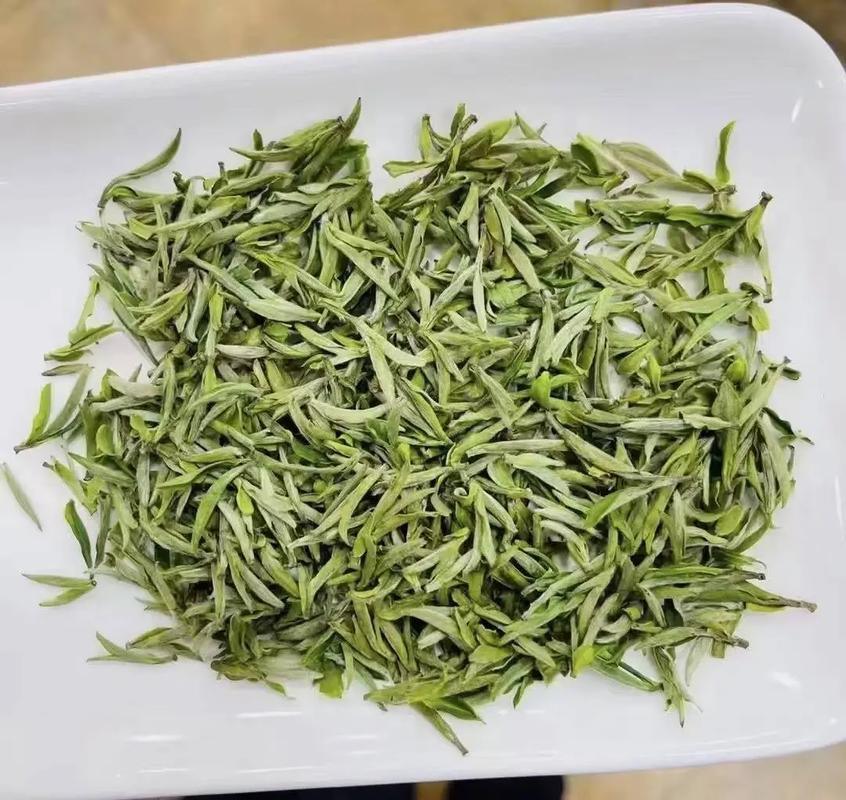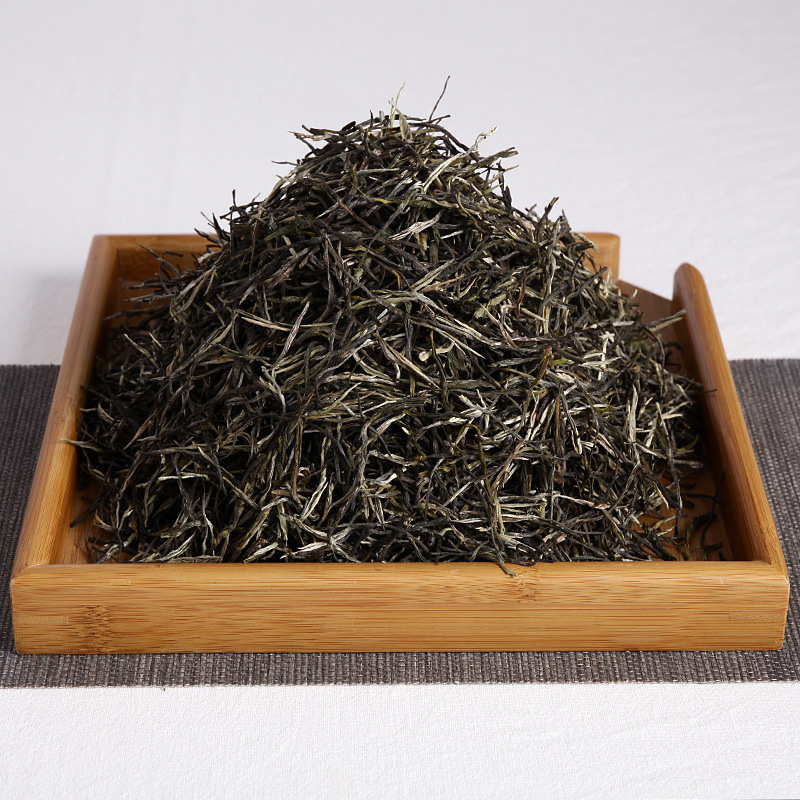Nestled in the mist-clad hills of Shitai County, Anhui Province, 石台香芽 (Shítái Xiāngyá) emerges as a modern masterpiece in China’s green tea pantheon. Celebrated for its delicate aroma, mellow flavor, and meticulous craftsmanship, this tea embodies the essence of its birthplace—a region where ancient tea traditions merge with the fertile soils of the Yangtze River Delta. Let us embark on a journey to uncover its history, terrain, and timeless allure.

Origins & Modern Revival
The story of Shitai Xiangya begins in the late 20th century, when tea scientists in Shitai County sought to revive the region’s storied tea heritage. Drawing inspiration from the legendary “Huangshan Maofeng” and “Lu’an Guapian,” they crafted a tea that would capture the essence of Shitai’s terroir. Named for its fragrant aroma and bud-like appearance, it quickly gained acclaim. By 1995, it earned provincial honors, and in 2008, it claimed gold at the China Tea Expo, cementing its status as a national treasure.
Terroir: The Cradle of Aroma
The tea gardens of Shitai occupy a UNESCO-designated biosphere reserve, where:
- Altitude: 50–200 meters above sea level, blessed with fertile alluvial soils.
- Soil: Sandy loam enriched by silt deposits from the Yangtze River, rich in organic matter.
- Climate: Subtropical monsoon climate with mild winters, warm summers, and abundant rainfall.
These conditions, combined with frequent fog from the Yangtze, result in leaves of exceptional tenderness and aroma.
Craftsmanship: Precision Meets Tradition
The production of Shitai Xiangya blends innovation with time-honored techniques:
- Plucking: Only the tender bud and one leaf are harvested in early spring, ensuring peak freshness.
- Withering: Leaves are spread on bamboo mats to reduce moisture gently.
- Fixation (Killing Green): Pan-fried in woks at 180–200°C to halt oxidation, preserving the tea’s vibrant color.
- Rolling: Leaves are shaped by hand into tight curls, releasing essential oils.
- Drying: Final roasting over charcoal locks in aroma and enhances durability.
Aesthetic & Sensory Profile
When steeped, Shitai Xiangya unveils its unique character:
- Appearance: Leaves unfurl into emerald strips with silver tips.
- Liquor: Bright golden-green hue, reminiscent of mountain springs.
- Aroma: Fresh orchid notes with hints of chestnut and wildflowers.
- Taste: Smooth, vegetal freshness transitions to a lingering sweetness, with a subtle umami finish.
Brewing Rituals
To honor its essence:
- Water: Use soft, spring water heated to 80–85°C (176–185°F).
- Ratio: 3 grams of tea per 150 ml (1:50 tea-to-water ratio).
- Vessel: Glass cup or porcelain gaiwan to admire the unfurling leaves.
- Infusion: First steep for 2 minutes; extend subsequent brews by 1 minute (up to 3 infusions).
Authenticity & Grading
Genuine Shitai Xiangya is distinguished by:
- Appearance: Uniform, twisted leaves with silver tips.
- Aroma: Fresh, floral fragrance with subtle smokiness.
- Liquor: Clear golden-green hue.
- Infused Leaves: Plump, emerald-green, and intact.
Graded into Superior, Premium, and Standard tiers based on leaf uniformity, pluck standard, and craftsmanship. Superior-grade tea, harvested before Qingming Festival, commands 120–250 per 100 grams, while Standard grades range from 50–120.
Healthful Alchemy
Rich in polyphenols, catechins, and vitamins, Shitai Xiangya offers:
- Antioxidant Power: Combats free radicals linked to aging and cancer.
- Cardiovascular Support: Lowers cholesterol and improves blood circulation.
- Mental Clarity: L-theanine promotes focus without jitters.
- Digestive Aid: Historically used to alleviate bloating and improve metabolism.
Cultural Resonance
Beyond its cup, Shitai Xiangya is woven into local folklore and wellness traditions. Fishermen along the Yangtze have long relied on its invigorating properties during long voyages, while poets have likened its aroma to “the breath of the river gods.” Today, it remains a symbol of Anhui’s ecological heritage, a bridge between wilderness and civilization.
In every sip of Shitai Xiangya, one encounters not just a tea, but the spirit of China’s sacred Yangtze—a tribute to the harmony between humanity and the wild.



